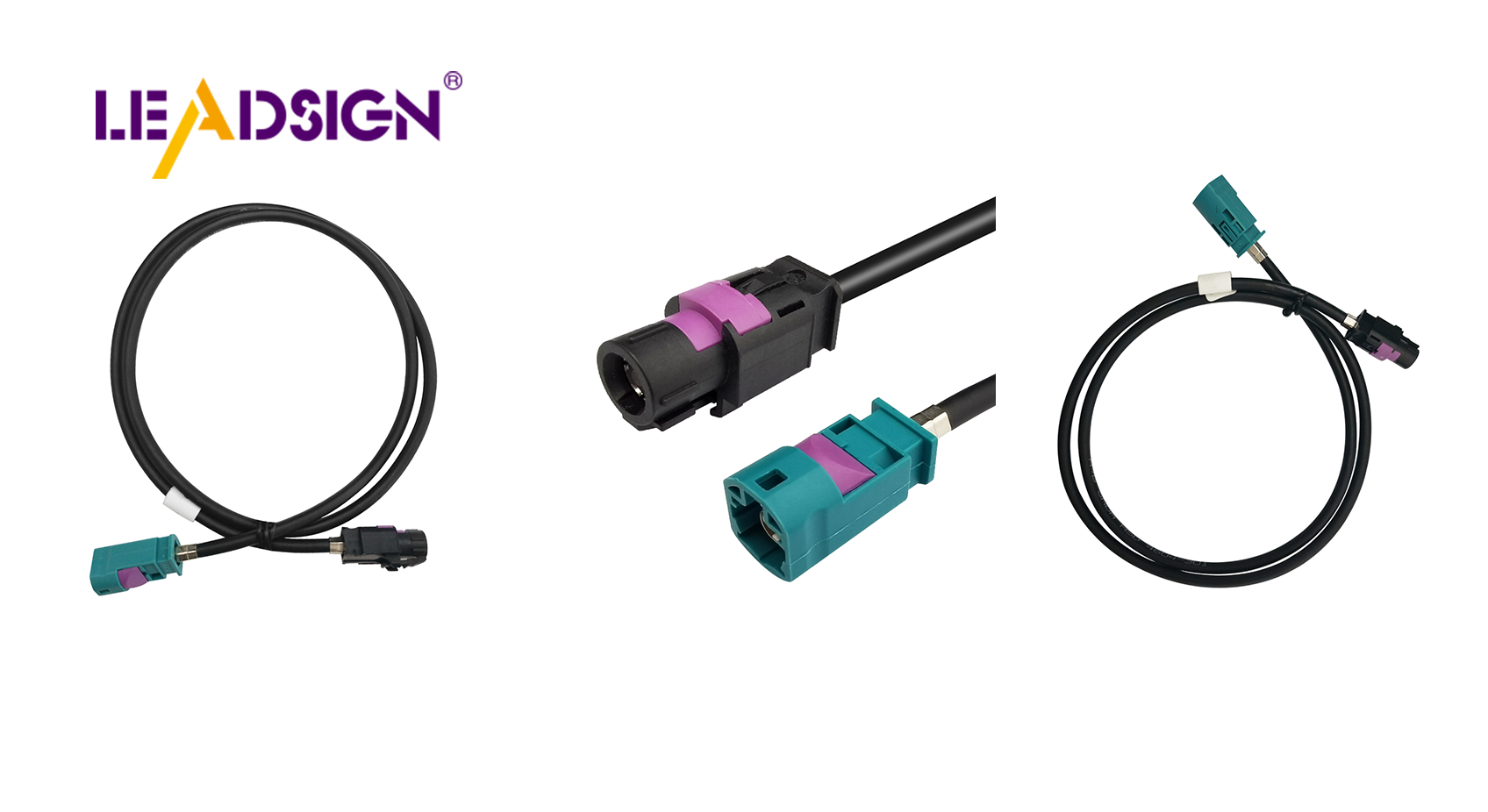Exploring Auto Wire Connector Types for Beginners

Automotive electrical connectors types are crucial components in vehicles. They play a vital role in ensuring the proper and safe functioning of a car's electrical system. Modern vehicles can contain a significant number of connectors, with some having up to 700 connectors and over 3,000 wires, highlighting the complexity of these components. There is a wide variety of automotive electrical connectors types, each designed for specific applications or locations within a vehicle. It is essential for beginners to familiarize themselves with these different types to make informed decisions when repairing vehicles. This knowledge helps prevent common mistakes and ensures the optimal performance of car components.
Understanding Auto Wire Connectors
What are Auto Wire Connectors?
Definition and Purpose
Auto wire connectors are key parts in car electrical systems. They join wires without needing soldering, making a safe link. These connectors have different types for specific car needs. Their main job is to let electricity flow between car parts, helping the car's systems work well.
Basic Components of a Connector
An auto wire connector usually has these main parts:
Housing: This covers the connector, giving protection and insulation.
Terminals: These metal pieces touch the wires, letting electricity pass.
Locking Mechanism: This keeps the connector attached securely, stopping it from coming apart by accident.
Seals: Some connectors use seals to keep out water and dirt, making them last longer.
Why are Connectors Important in Automotive Systems?
Role in Electrical Systems
Connectors are very important in a car's electrical system. They make sure power moves smoothly between parts. Without good connectors, the system might stop working right or fail. Good connections help lights, sensors, and other devices work properly.
Impact on Vehicle Performance
A vehicle works best with good electrical connections. Badly connected wires can cause flickering lights or sensors not to work. Good connectors make cars safer and more reliable by stopping shorts and lowering fire risks. Knowing about these helps beginners fix car electrical systems better.
Exploring Car Wire Connector Types
Common Connector Types
Car wire connectors come in many kinds. Each has a special job in cars. Knowing these helps beginners choose wisely.
Butt Connectors
Butt connectors join two wires end-to-end. They connect without soldering. Put bare wire ends into each side and crimp them tight. This type is great for fixing or making wires longer. It keeps electricity flowing well, which is key for car performance.
Ring Connectors
Ring connectors have a ring-shaped end. They attach wires to a stud or screw. Slide the ring over the stud and tighten with a nut. This gives a strong hold that resists shaking. They're used in grounding and battery links where steadiness matters.
Spade Connectors
Spade connectors look like forks. They make it easy to attach and remove from blocks. Slide the spade under a screw head and tighten it down. They're handy when you need to disconnect often, like in fuse boxes.
Specialty Connectors
Specialty connectors meet special needs in cars. They have extra features for tough spots or advanced uses.
Weatherproof Connectors
Weatherproof connectors keep out water and dirt with seals and gaskets. They're needed where it's wet, like engine parts or outside lights, keeping connections dry for safety.
Quick Disconnects
Quick disconnects let you separate wires fast and easy with male and female parts that snap together quickly, perfect for quick fixes or swaps in lights or audio gear.
High-Speed Data connectors (HSD) connectors move data fast, used for USB, LVDS, Ethernet links with secure locks to stop wrong connections, ideal for digital systems as rules avoid solder use now.
High-Speed Data (HSD) connectors move data fast, used for USB, LVDS, Ethernet links with secure locks to stop wrong connections, ideal for digital systems as rules avoid solder use now.
Picking the Right Connector
Choosing the right connector is key for a car's electrical safety and efficiency. Beginners should think about some important things to make good choices.
Things to Think About
Wire Size Match
Wire size match is very important when picking auto wire connectors. Each connector fits certain wire sizes. Using the wrong size can cause bad connections or damage. Beginners must check wire size before choosing a connector. This makes sure it fits well and works right.
Weather Conditions
Weather conditions matter a lot in picking connectors. Some are made for tough places, like hot or wet areas. For example, weatherproof connectors are best where there's water or dirt. Beginners should look at where they'll use the connector and choose wisely. This helps keep connections strong and lasting.
Tips for Newbies
Knowing Connector Ratings
Knowing connector ratings is crucial for newbies. These show how much power a connector can handle. A wrong match can cause overheating or failure. Beginners need to learn these ratings to pick connectors that fit their car's needs. This stops possible electric problems.
Mistakes to Avoid
Newbies often make mistakes with connectors. One mistake is not thinking about what the connector will do. Each type has a special job, using the wrong one causes problems. Another mistake is not checking if it fits other parts you have already. Hett, an expert in making wire harnesses, says it's important to work with a good supplier who knows which connectors are best and can find hard-to-get ones too. Newbies should ask experts for help to avoid these mistakes.
Choosing the right car wire connectors is very important. It helps the car's electrical system work well and safely. Beginners should learn about different connector types. This helps them understand better and improve their skills. Knowing this lets them make smart choices and avoid mistakes. Connectors are key for keeping cars reliable and working well. As beginners learn more, they help make car repairs safer and better.
See Also
Uncovering the Advantages of Fakra Car Connectors
Essential HSD Connectors in Automotive Sector
In-depth Look at Fakra Connectors: Fundamentals, Varieties, and Uses
Complete Overview of Fakra Male Connectors
All About Fakra Connectors: Benefits, Uses, and Setup Advice

